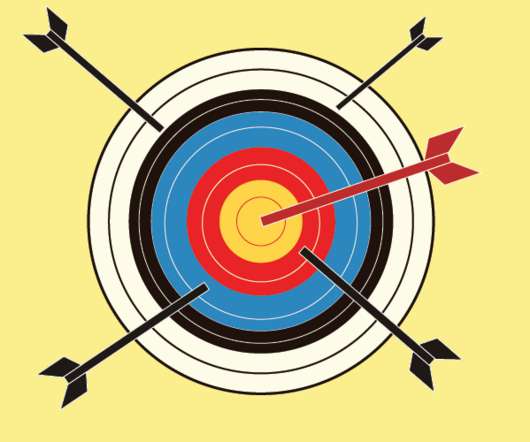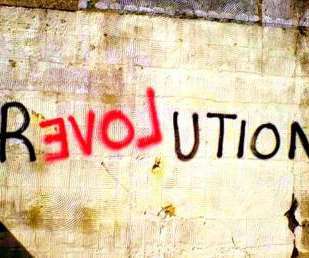An Evolution of Evaluation in Grantmaking With a Participatory Lens
sgEngage
OCTOBER 9, 2023
Among grantmakers, there tends to be a lot of focus on impact and outcomes, as well as metrics to measure impact. Here, we explore for whom change is desired and who is defining and measuring that change. Who decides what is measured? Grantmakers want to know if their funding has created the change they have envisioned.














Let's personalize your content